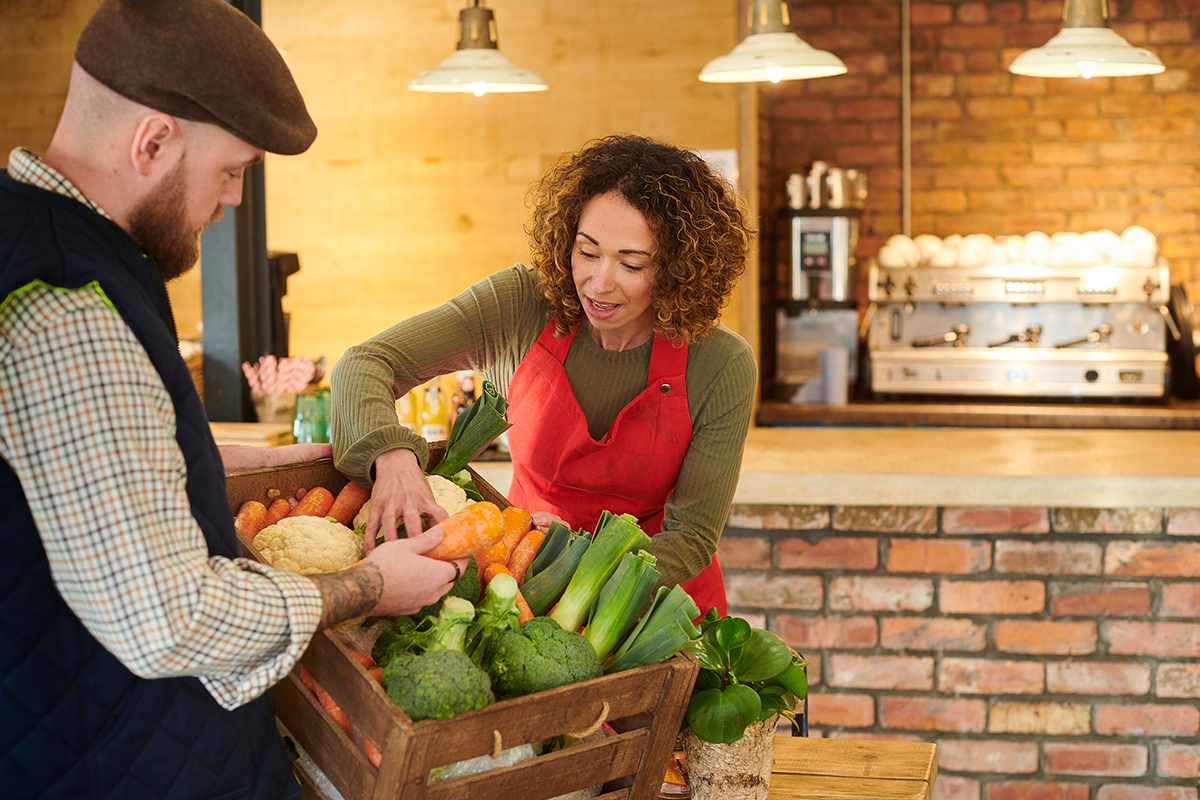Jun 3, 2022
4 Ways to Cater to Responsible Eating Culture
An increasing amount of consumers are becoming more conscious about their own consumption habits regarding food. This is something in food service we should be aware of when making business decisions. Practicing social responsibility can make a big positive impact on the environment and reduce the overall footprint from your business. Reducing water usage, sourcing sustainable and ethical products and ingredients, and striving to accommodate different diets are some ways that foodservice businesses can cater to a responsible eating culture. Below are some examples of ways you can achieve these goals.
- Source Your Coffee as Fair Trade
Supporting ethical coffee growers by purchasing fair trade coffee sends a good message to your customers about what type of business you are and what operations you support. The coffee industry often uses exploited labor to manufacture its products. You may be unknowingly supporting a practice your business does not want to support. Making this switch could paint you as a more ethical and socially responsible place to get food.
- Use Less Water
Another way to help the planet as well as conserve your own resources is to find methods of production that use less water. Operating costs as well as environmental impacts are influenced by your water usage. According to the EPA, 52% of restaurant water usage is for dishwashing. Try to upgrade your equipment like dishwashers, ice machines, and steamers to energy saving and water saving models that reuse water between cycles. Another way is to make your dishwashing process itself the most efficient it can be. Make sure to spray your pans with pan release spray in order to spend less time rinsing food scraps of pans and trays in order to enhance the efficiency of your operation while using less water washing dishes. Try using Vegalene Non-GMO spray to make sure all your creations contain no GMOs while providing the consistent release you need. Prepping your pans before cooking can save you time, labor, energy, and water in the long run thus saving your business money.
- Buy Local Produce
Partnering with local farmers and other local markets to source your produce is one way to minimize your impact and cater to the increasing desire for social responsibility in eating culture. Imported produce often uses more water to grow and more labor to package and ship than local produce. For example, a pound of tomatoes requires about 20 gallons of water to grow. Along with the environmental benefits, local fruits and vegetables tend to have more nutritional benefits as well because they are picked at peak freshness. Switching to using local produce can provide your business a unique opportunity to establish yourself as a stronger contributor and supporter to your community.
- Provide More Vegetarian and Vegan Options
Updating your menu to include various dishes without including meat is also a way to save water in the long run. Meat production uses a lot of water (about 400 gallons per pound) and land that causes severe stress on the environment. Many consumers are choosing to switch to a vegetarian or vegan diet to help with their individual diet’s impact on the planet. You can help in your own business by catering to this demand by putting more dishes on the menu without meat to reduce your restaurants impact.
This is only a few ways to help make your business more aware of its social responsibility in its choices in suppliers, products, and operations.

 Cart ( 0 )
Cart ( 0 )